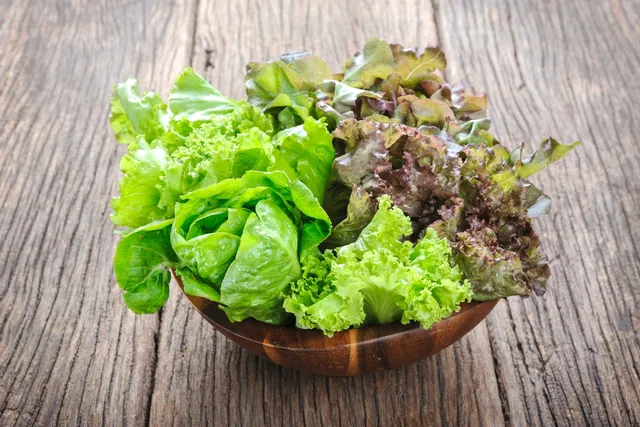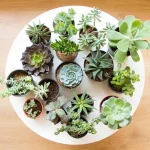Lettuce Vegetable: The Complete Guide to Growing, Caring, and Using this Nutritious Green
Introduction
Lettuce is a refreshing and versatile leafy green that is a staple in salads and various other dishes worldwide. Known for its crisp texture and mild flavor, it’s a favorite ingredient for healthy meals. Not only does lettuce enhance the taste and appearance of food, but it is also packed with essential nutrients like vitamins A, C, and K, along with fiber and antioxidants. Whether you have a large garden, a small balcony, or an indoor space, lettuce is easy to grow and care for, making it an ideal choice for gardeners at all levels. This guide will explore everything from growing lettuce to its health benefits and culinary uses.
Overview
Lettuce (Lactuca sativa) is a cool-season annual plant that belongs to the daisy family. Originating in the Mediterranean region, it is one of the oldest cultivated plants, grown for its edible leaves. Lettuce is a low-maintenance crop that thrives in various climates but prefers cooler temperatures. It comes in several varieties with different leaf shapes, textures, and flavors, which makes it perfect for adding diversity to both gardens and meals. With proper care, you can harvest lettuce in as little as 30-70 days, depending on the type.
Varieties of Lettuce
Lettuce comes in several varieties, each with unique characteristics. Here are the main types:
Romaine (Cos Lettuce)
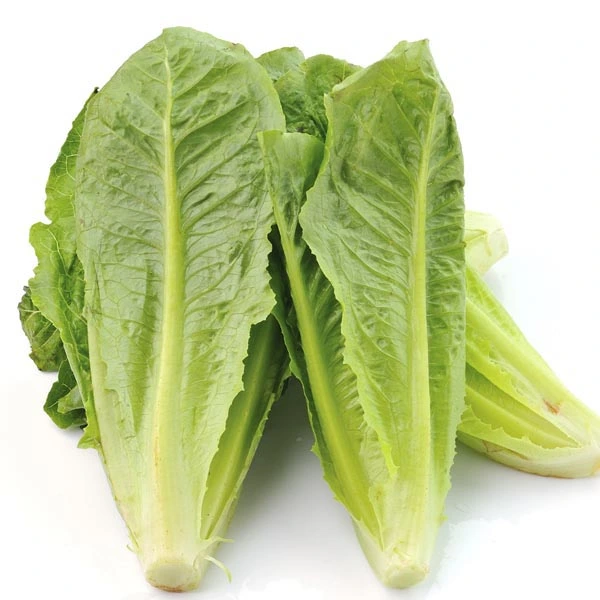
Long, dark green leaves with a crunchy texture. Romaine is rich in nutrients and often used in Caesar salads.
Iceberg Lettuce
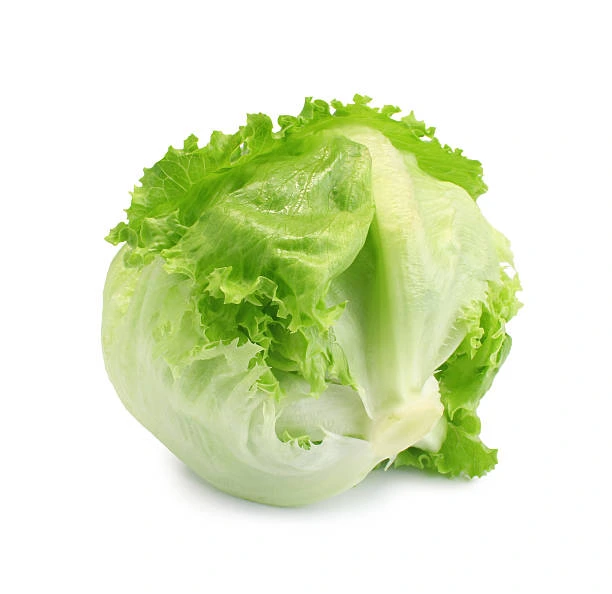
Known for its crisp texture and round, cabbage-like head. Iceberg lettuce has a mild flavor and is popular in salads and sandwiches.
Butterhead Lettuce (Boston or Bibb)
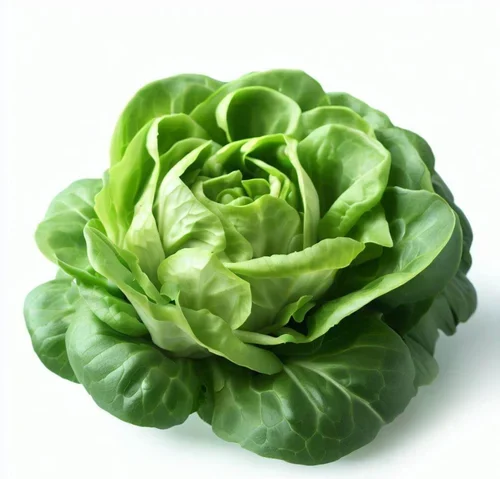
Soft, buttery leaves with a delicate flavor. Butterhead varieties are smaller and have loosely formed heads.
Loose-leaf Lettuce
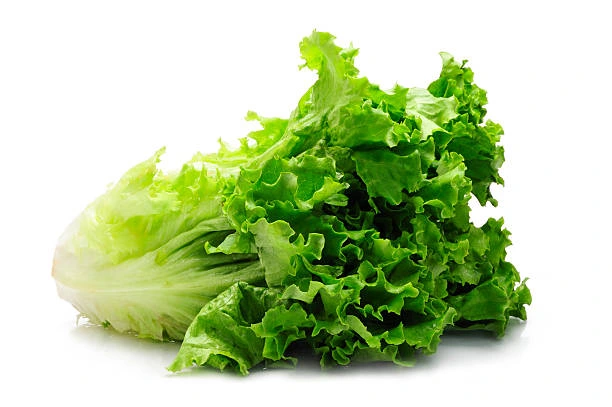
Grows in bunches rather than forming a head. It has soft, tender leaves and comes in green or red varieties.
Oakleaf Lettuce
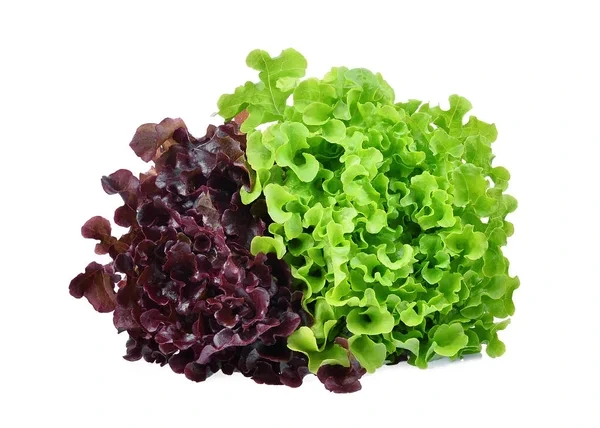
Resembling the shape of an oak leaf, this variety offers tender, mildly flavored leaves and comes in both green and red colors.
Batavia Lettuce
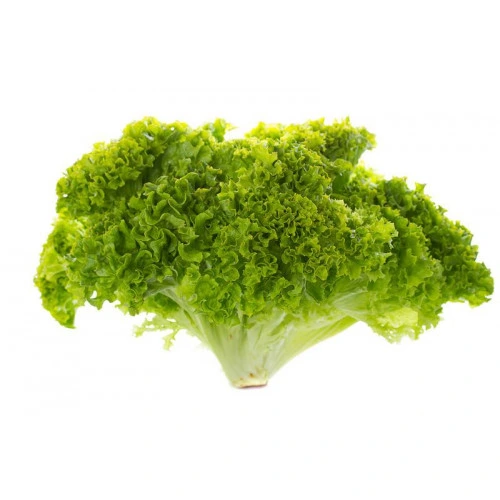
A hybrid between Romaine and Iceberg, Batavia lettuce has a crispy texture and a slightly sweet flavor.
Farming Care for Lettuce
Lettuce is relatively simple to grow, but it requires proper care to ensure a healthy and bountiful harvest. Here are key farming tips:
Soil Preparation
Lettuce prefers well-drained, loamy soil rich in organic matter. Work compost into the soil to improve its fertility and structure.
Planting
Lettuce seeds are tiny, so sprinkle them lightly over the soil. Thin them to give the plants enough space to grow. Spacing requirements vary by variety; leaf lettuces need around 6-8 inches between plants, while head lettuces need 12-18 inches.
Watering
Keep the soil consistently moist, but not waterlogged. Lettuce has shallow roots, so it needs frequent but light watering, especially during dry periods.
Fertilization
Apply a balanced fertilizer or compost when planting and again during the growing season to promote lush, healthy growth.
Weeding
Regularly weed around your lettuce plants to avoid competition for nutrients.
Temperature Management
Lettuce thrives in cooler temperatures (45°F to 75°F). In hotter climates, consider planting in partial shade or using shade cloth to protect from excessive heat.
Diseases and Solutions
Lettuce can be susceptible to a variety of diseases and pests. Here’s how to identify and address common problems:
Downy Mildew
This fungal disease causes yellow patches on the leaves. To prevent it, avoid overhead watering and provide good air circulation. Treat affected plants with organic fungicides if necessary.
Aphids
These small, green insects suck the sap from lettuce leaves, causing them to curl and yellow. Use insecticidal soap or neem oil to manage aphids.
Slugs and Snails
These pests can chew through the leaves, especially in damp conditions. Use organic slug pellets, traps, or barriers like crushed eggshells to keep them at bay.
Root Rot
Caused by overly wet soil, root rot can kill the plant. Ensure proper drainage, avoid overwatering, and remove affected plants promptly.
Tip Burn
Tip burn causes the edges of the leaves to turn brown due to a lack of calcium or irregular watering. Keep watering consistent and consider adding calcium supplements to the soil.
How to Grow Lettuce Indoors
Growing lettuce indoors is an excellent option for people with limited outdoor space. Here’s how to do it:
Choose a Container
Select a shallow container with good drainage. A depth of 6-8 inches is sufficient.
Use Quality Potting Mix
Fill your container with high-quality potting soil or a seed-starting mix that drains well and retains moisture.
Planting and Light
Sow seeds directly into the container and place it in a spot with plenty of sunlight. Lettuce requires at least 6 hours of light per day. If natural light is limited, consider using a grow light.
Watering
Water the soil lightly and regularly to keep it moist. Indoor lettuce can dry out faster than outdoor plants, so monitor the soil frequently.
Harvesting
Harvest leaf lettuce by cutting individual outer leaves as needed, allowing the inner leaves to continue growing.
How to Grow Lettuce in the Garden
Lettuce is an excellent addition to any garden, especially in the cooler months of spring and fall. Here’s a step-by-step guide:
Prepare the Soil
Choose a sunny location with rich, well-drained soil. Mix in compost or well-rotted manure to boost nutrients.
Sow Seeds
Directly sow seeds in rows or scatter them across a bed. Thin the seedlings to the appropriate spacing depending on the variety.
Water Regularly
Keep the soil consistently moist, especially during dry spells. Lettuce needs plenty of water to grow tender leaves.
Provide Shade in Hot Weather
During the hotter months, lettuce can bolt (go to seed). To prevent this, consider using a shade cloth or plant lettuce in a partially shaded area.
Harvest
Harvest lettuce by either cutting leaves from loose-leaf varieties or waiting until heads form for head lettuces.
Health Benefits of Lettuce
Lettuce is not just a tasty green; it offers several health benefits:
Rich in Nutrients
Lettuce is packed with vitamins A, C, and K, which support immune function, skin health, and bone strength.
Low in Calories
With minimal calories, lettuce is a great addition to weight-loss diets while providing essential nutrients.
High in Fiber
Lettuce contains dietary fiber, which aids digestion and supports a healthy gut.
Hydration
Since lettuce is composed mostly of water, it helps keep you hydrated.
Antioxidants
Lettuce is rich in antioxidants, which help protect cells from damage and reduce inflammation.
Uses of Lettuce in Dishes
Lettuce is a versatile ingredient that can be used in many dishes:
Salads
Whether as the main ingredient or a base, lettuce adds a fresh crunch to salads.
Wraps
Use large lettuce leaves to make healthy wraps for sandwiches or tacos.
Toppings for Burgers and Sandwiches
Lettuce adds texture and freshness to burgers, sandwiches, and subs.
Smoothies
Add lettuce to green smoothies for a nutrient boost without altering the taste too much.
Garnishes
Use small lettuce leaves as a garnish for various dishes to add color and crunch.
FAQs about Lettuce
How long does it take to grow lettuce?
Lettuce typically takes between 30 to 70 days to mature, depending on the variety.
Can I grow lettuce year-round?
Yes, you can grow lettuce indoors year-round or outdoors during cooler months.
Why is my lettuce bitter?
Lettuce can become bitter if it is exposed to high temperatures, as it causes the plant to bolt and go to seed.
How do I know when to harvest lettuce?
Harvest lettuce when the leaves are large enough to eat, but before the plant begins to flower or “bolt.”
Is lettuce easy to grow for beginners?
Yes, lettuce is one of the easiest vegetables to grow and requires minimal care.
Can I regrow lettuce from scraps?
Yes, you can regrow lettuce by placing the base of the stem in water and letting new leaves sprout.
Conclusion
Lettuce is a simple, nutritious, and versatile plant that can be grown in a variety of conditions, whether indoors or in the garden. With proper care and attention, you’ll enjoy a continuous harvest of fresh, crisp lettuce throughout the growing season. Plus, its numerous health benefits and wide range of uses make lettuce a must-have in any kitchen. Whether you’re a gardening beginner or a seasoned pro, lettuce offers an easy and rewarding growing experience.

